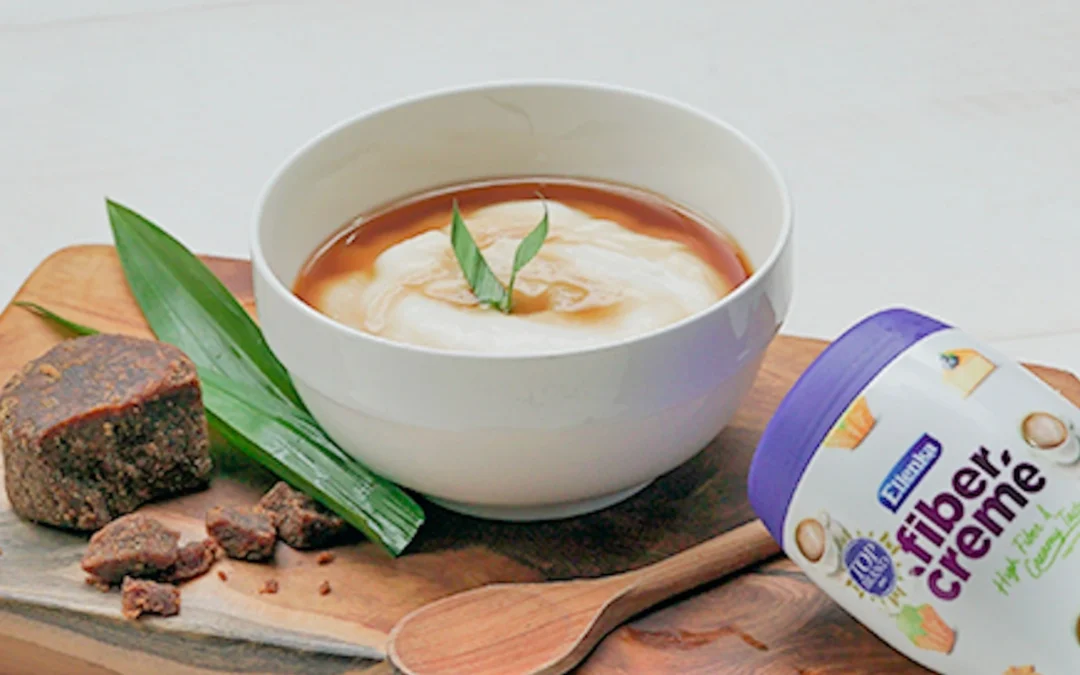 White turmeric and zedoary often confuse many people. Both are rhizomes commonly used in traditional medicine, but they actually have significant differences in terms of health benefits and usage. To avoid making the wrong choice, let’s dive deeper into the distinctions between white turmeric and zedoary, including their individual health benefits and how to utilize them optimally.
White turmeric and zedoary often confuse many people. Both are rhizomes commonly used in traditional medicine, but they actually have significant differences in terms of health benefits and usage. To avoid making the wrong choice, let’s dive deeper into the distinctions between white turmeric and zedoary, including their individual health benefits and how to utilize them optimally.
The Differences Between White Turmeric and Zedoary
 Before discussing the differences between white turmeric and zedoary, let’s first get to know these rhizomes.
Before discussing the differences between white turmeric and zedoary, let’s first get to know these rhizomes.
White turmeric, or Kaempferia rotunda, belongs to the same family as the commonly known yellow turmeric. Many people use this rhizome in traditional medicine because of its diverse benefits. Meanwhile, zedoary, or Curcuma zedoaria, comes from the same family as Java turmeric (Curcuma xanthorrhiza). Like white turmeric, zedoary also offers various health benefits and has unique characteristics. Therefore, herbal practitioners often include both in different types of treatments.
Although they come from the same rhizome family and both have health benefits, understanding their differences will help you choose the right one to consume.
1. Physical Characteristics
The most easily noticeable difference between white turmeric and zedoary is their appearance. White turmeric has a light brown outer part with a white-to-yellowish interior. It has a strong aroma and a slightly spicy taste.
On the other hand, zedoary tends to be paler in both its exterior and interior. It has a milder aroma compared to white turmeric, with a taste that tends to be bitter.
2. Nutritional Content and Active Compounds
The next difference lies in the nutritional content of each rhizome. White turmeric is known to be rich in curcuminoids and essential oils, which have antioxidant and anti-inflammatory properties.
Meanwhile, zedoary contains flavonoids and essential oils that support the body’s detoxification process and digestive health.
3. Health Benefits
The final difference between white turmeric and zedoary can be seen in their respective health benefits. White turmeric helps reduce inflammation, combat cancer cell growth, and alleviate digestive issues such as bloating or ulcers. Additionally, this rhizome boosts immunity and supports skin health thanks to its antioxidant content.
Meanwhile, zedoary is well-known for increasing appetite, particularly for those recovering from illnesses. Zedoary is also excellent for alleviating digestive issues such as diarrhea or constipation, facilitating menstrual flow in women, and detoxifying the body to maintain liver health.
Read More : These Are the Health Benefits of Traditional Ginger Drinks
How to Consume White Turmeric and Zedoary
 Now that you know the differences between white turmeric and zedoary, let’s discuss how you can consume these rhizomes.
Now that you know the differences between white turmeric and zedoary, let’s discuss how you can consume these rhizomes.
Both white turmeric and zedoary can be used in various forms, such as fresh, powdered, or as herbal drinks. Choose the form that best suits your needs. White turmeric, for instance, is ideal as a warm drink (e.g., herbal tea) when you feel bloated. Meanwhile, zedoary can be an ingredient in herbal remedies that aid the body’s detoxification process.
FiberCreme Complements Your Healthy Meals
In addition to incorporating white turmeric and zedoary into your healthy lifestyle, you can also enhance your meals and beverages with FiberCreme.
FiberCreme is a practical way to keep your dishes healthy without sacrificing taste. With its rich, creamy flavor, this versatile powder is high in fiber, low in sugar, contains 0mg cholesterol, and is lactose-free—making it perfect for any healthy lifestyle. Even better, one FiberCreme can replace multiple ingredients in your kitchen, such as milk, coconut milk, and cooking cream. So, stock up on FiberCreme to make delicious and healthy meals for your loved ones anytime!
Check out more recipe inspirations on FiberCreme’s Instagram @FiberCreme_TV and the Ellenka channel on YouTube.






0 Comments